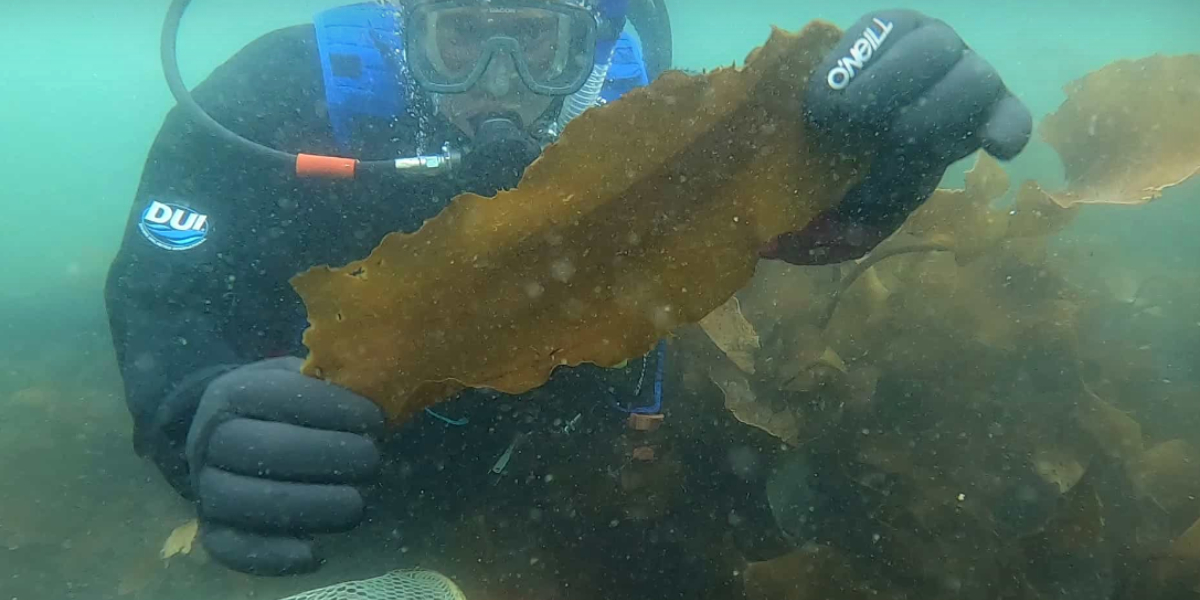AWARD YEAR
2023
CATEGORY
Home
GOALS
Clean Water & Sanitation, Industry, Innovation & Infrastructure, Climate Action, Life Below Water
KEYWORDS
Kelp technology, Ocean health, CO2 neutrality
COUNTRY
United States of America
DESIGNED BY
Running Tide
WEBSITE
https://www.runningtide.com/
Carbon Removal by Running Tide
Carbon buoys that help restore the ocean's health.
How does it work?
Running Tide distributes carbon buoys made from forestry residue and limestone and seeded with kelp into the open ocean. With only ocean currents, sunlight, gravity, and a helping hand from ocean chemistry, carbon is shifted from the fast cycle to the slow. As the carbon buoys float, the limestone slowly dissolves, restoring ocean alkalinity, combatting ocean acidification, and moving fast carbon to slow; buoys seeded with kelp fix fast carbon through photosynthesis. After less than three months, the buoy and kelp lose buoyancy and sink rapidly. They quickly reach the deep ocean, 1000's meters down, where it is put under immense pressure from gravity. The carbon embodied in the buoy and kelp will either be buried in ocean sediments or consumed by deep-sea marine life. Like the 37,000 gigatons of carbon already stored in deep ocean reservoirs, this carbon is removed from the fast carbon cycle for hundreds - up to millions - of years.
Why is it needed?
The atmosphere and the upper ocean are vital components of the fast carbon cycle. CO? is constantly moving between the atmosphere and the ocean's surface.
The ocean's biological carbon pump is the world's most potent carbon removal technology that moves billions of tons of carbon from the fast to slow cycle every year.
These carbon buoys are deployed in locations far from shore where it doesn't compete for land or coastal space, with the potential of moving gigatons of carbon per year. The natural simplicity of the multi-pathway system creates massive supply chain efficiencies and scale.
How does it improve life?
Human activities, primarily those that involve burning fossil fuels that release CO?, have increased the concentration of greenhouse gases in Earth’s atmosphere and warmed the planet.
At Running Tide, they innovate environmentally-compatible carbon dioxide removal technologies that may enable the achievement of specific climate goals. By approaching carbon removal as an organization-level problem rather than a one-off process, Running Tide use engineering and analytics to apply foundational ocean science research and ultimately remove CO?.
As so, the deep ocean is a crucial part of the slow carbon cycle that can lock carbon away for hundreds to millions of years.




